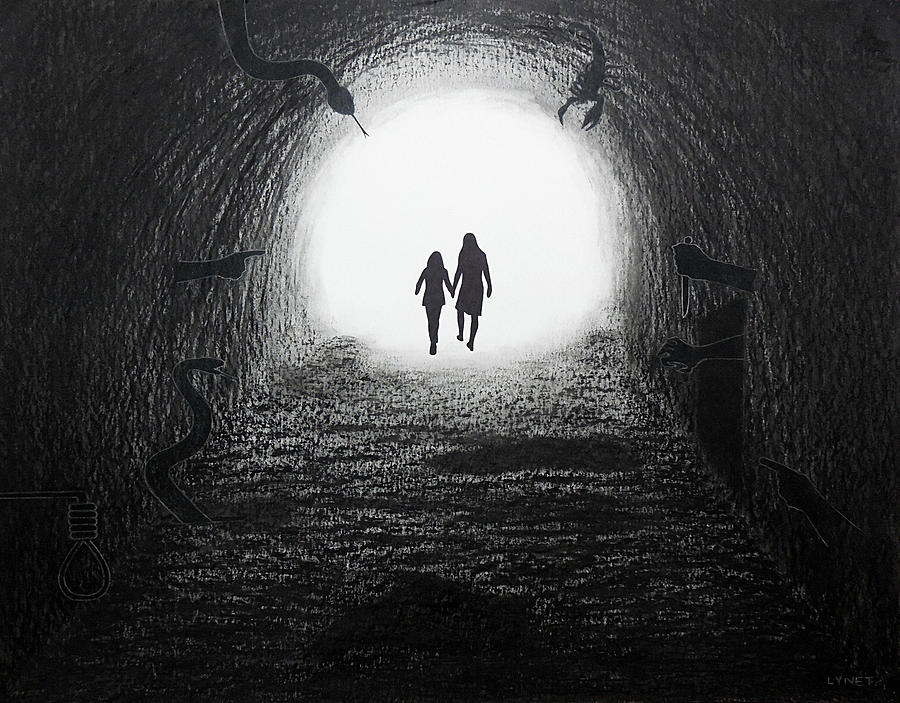In A Tale of Two Cities, by Charles Dickens, Dickens depicts Charles Darnay as a man of many traits. First, as stated by Darnay, "He had loved Lucie Manette from the hour of his danger" (Dickens 99). It clearly shows that Darnay is a very loving and caring person. Even when he was being sentenced for treason; Lucie Manette had to testify against him. He didn't hold that against her and understood that she had to do it because she was one of the only people who vaguely saw and communicated with him on the Dovermail and boat. No matter the circumstances, Darnay loved her no less. Which represents his kindness , as well as, his understanding of others.
Next, Charles Darnay is also kind. As stated by Lucie Manette, "He expressed great gentleness and kindness for my Father's state" (Dickens 53). Darnay had just met the Manettes and has already shown such kindness by helping Lucie with her father. This was back when Dr. Manette was still in the process of being recalled to life.
Lastly, no matter how confident cool and collected he was in the court room during his trial; everyone has their Achilles' heel. For Darnay his weakness was his true identity as the nephew of the aristocrat, Monsieur Marquis of England. "Yes. The family honor, sir, is safe for me in this country. The family name can suffer from me in no other, for I bear it in no other" said Charles Darnay (Dickens 94). Darnay doesn't want to be associated with his uncle knowing who he is. Marquis was a powerful figure in England at the time. This lead the nephew to seek a new identity as Charles Darnay.
Charles Darnay really didn't want people to know who his family was. Especially, who his father and uncle are. He figured that if people knew about his family they would treat him differently. Therefore, his family is his most vulnerable point.
In conclusion, the author (Charles Dickens) of A Tale of Two Cities, portrayed Charles Darnay as a kind, loving and understanding man with a deep, dark secret.
This is a diagram of Charles Darnay's body with 3 quotes from A Tale of Two Cities describing his personality and character traits. As well as, two objects (crown and heart) that represent Darnay. The crown placed on his head symbolizes his family. While the heart on his chest portrays his love of Lucie Manette.






